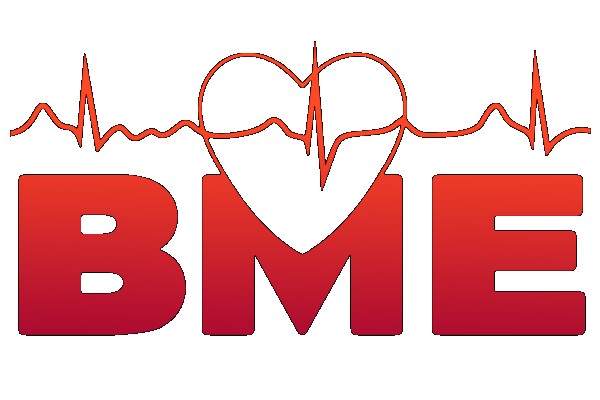Lectures
1. Introduction to anatomy (classification, methods of anatomy, concepts). General Osteology.
2. Movement system: Human skeleton, general artology, general myology.
3. Motion system: Special myology (individual muscle groups).
4. Blood circulation, blood, heart. Small and large blood circulation.
5. Respiratory system: upper and lower respiratory tract, lung. Respiratory mechanism, mediastinum.
6. Digestive system: oral cavity, pharynx, esophagus, stomach, small intestine and fat. Liver, pancreas.
7. Urinary system: kidney and urinary tract.
8. The male sexual system.
9. Sexual system of women.
10. Nervous System I. Dorsal Spine, Peripheral NS.
11. Nervous system II. Central nervous system, Autonomous NS.
12. Endocrine system.
13. Skin system. Senses.
14. TEST.
Exercises
1. Basics of Latin names. Introduction to anatomy (classification, methods of anatomy, concepts). General Osteology
2. Movement system: Human skeleton, general artology, general myology.
3. Motion system: Special myology (individual muscle groups).
4. Blood circulation, blood, heart. Small and large blood circulation.
5. Respiratory system: upper and lower respiratory tract, lung. Respiratory mechanism, mediastinum.
6. Digestive system: oral cavity, pharynx, esophagus, stomach, small intestine and fat. Liver, pancreas.
7. Urinary system: kidney and urinary tract.
8. The male sexual system.
9. Sexual system of women.
10. Nervous System I. Dorsal Spine, Peripheral NS.
11. Nervous system II. Central nervous system, Autonomous NS.
12. Endocrine system.
13. Skin system. Senses.
14. TEST.
1. Introduction to anatomy (classification, methods of anatomy, concepts). General Osteology.
2. Movement system: Human skeleton, general artology, general myology.
3. Motion system: Special myology (individual muscle groups).
4. Blood circulation, blood, heart. Small and large blood circulation.
5. Respiratory system: upper and lower respiratory tract, lung. Respiratory mechanism, mediastinum.
6. Digestive system: oral cavity, pharynx, esophagus, stomach, small intestine and fat. Liver, pancreas.
7. Urinary system: kidney and urinary tract.
8. The male sexual system.
9. Sexual system of women.
10. Nervous System I. Dorsal Spine, Peripheral NS.
11. Nervous system II. Central nervous system, Autonomous NS.
12. Endocrine system.
13. Skin system. Senses.
14. TEST.
Exercises
1. Basics of Latin names. Introduction to anatomy (classification, methods of anatomy, concepts). General Osteology
2. Movement system: Human skeleton, general artology, general myology.
3. Motion system: Special myology (individual muscle groups).
4. Blood circulation, blood, heart. Small and large blood circulation.
5. Respiratory system: upper and lower respiratory tract, lung. Respiratory mechanism, mediastinum.
6. Digestive system: oral cavity, pharynx, esophagus, stomach, small intestine and fat. Liver, pancreas.
7. Urinary system: kidney and urinary tract.
8. The male sexual system.
9. Sexual system of women.
10. Nervous System I. Dorsal Spine, Peripheral NS.
11. Nervous system II. Central nervous system, Autonomous NS.
12. Endocrine system.
13. Skin system. Senses.
14. TEST.
